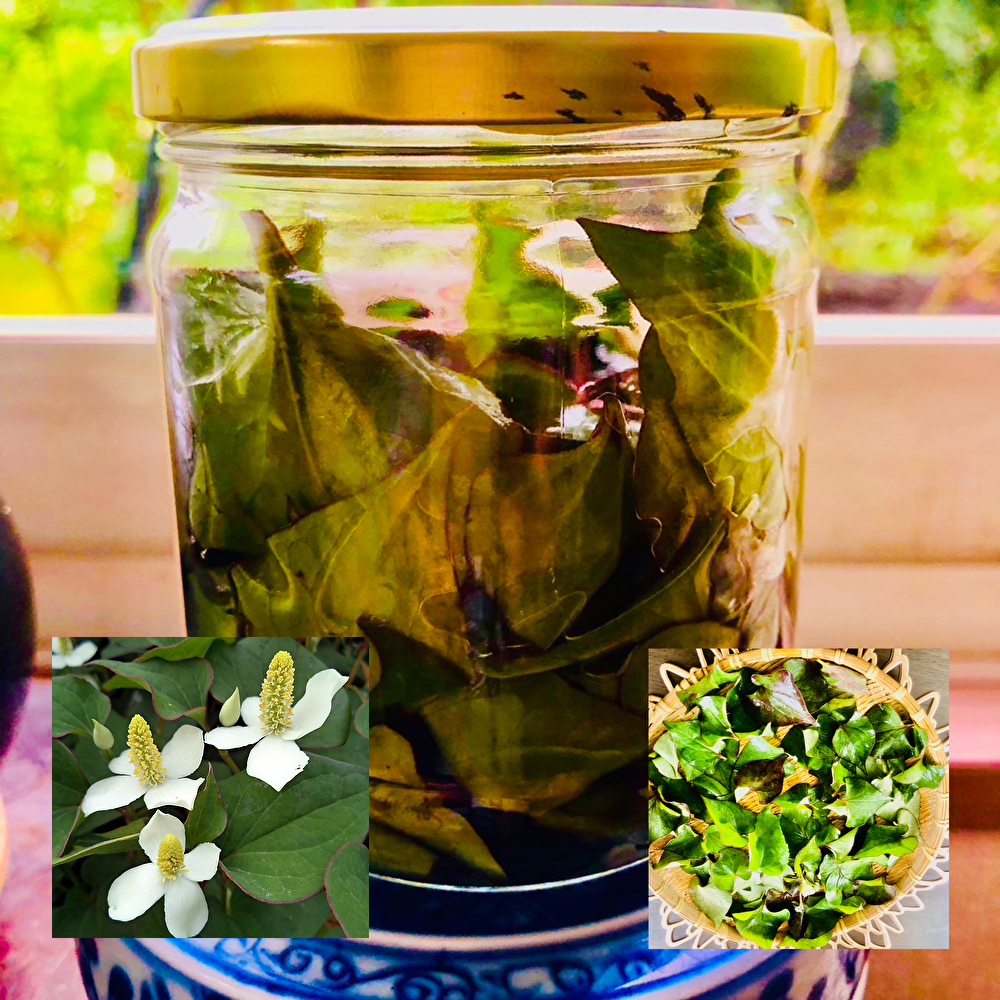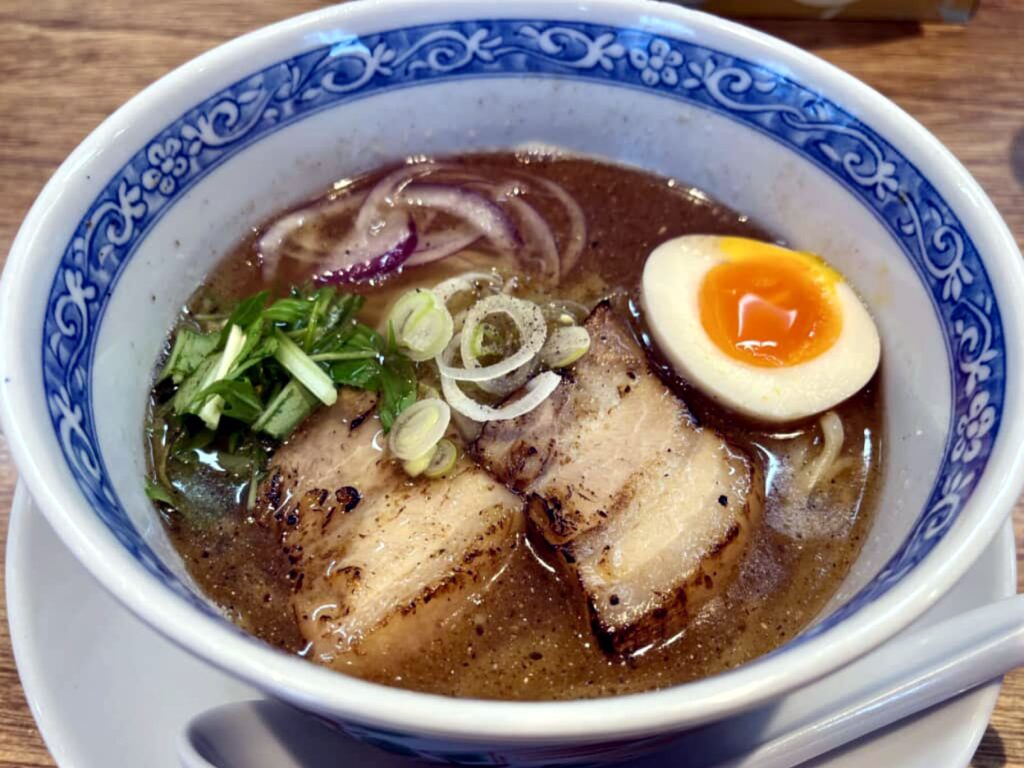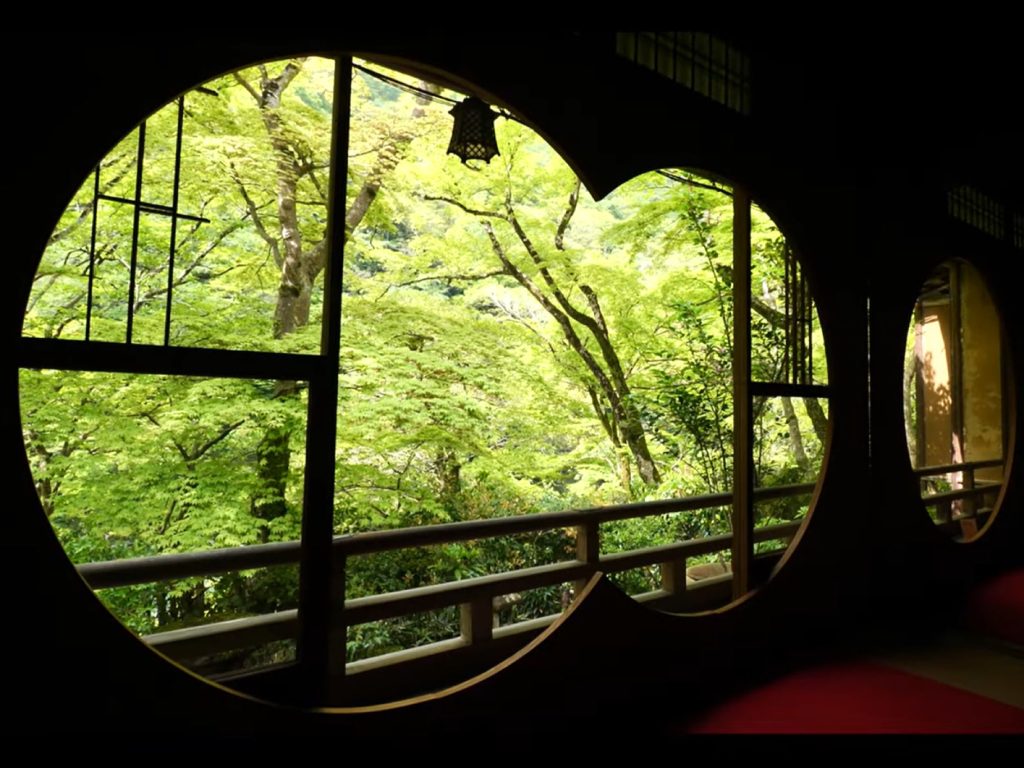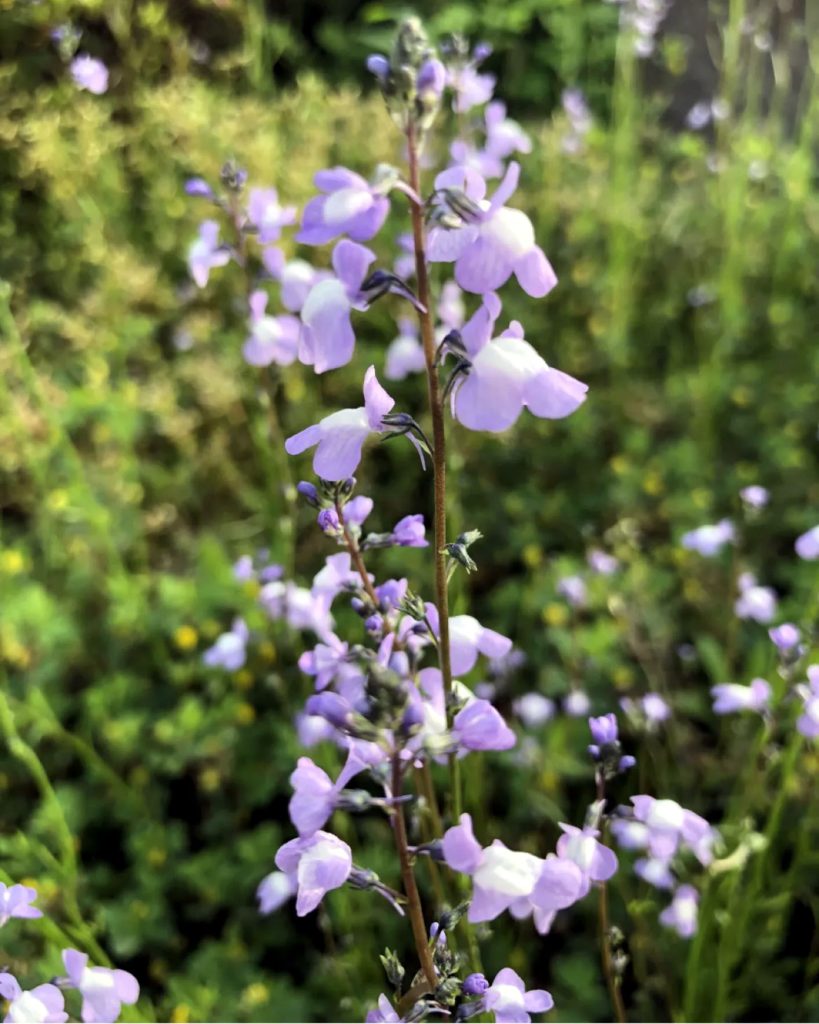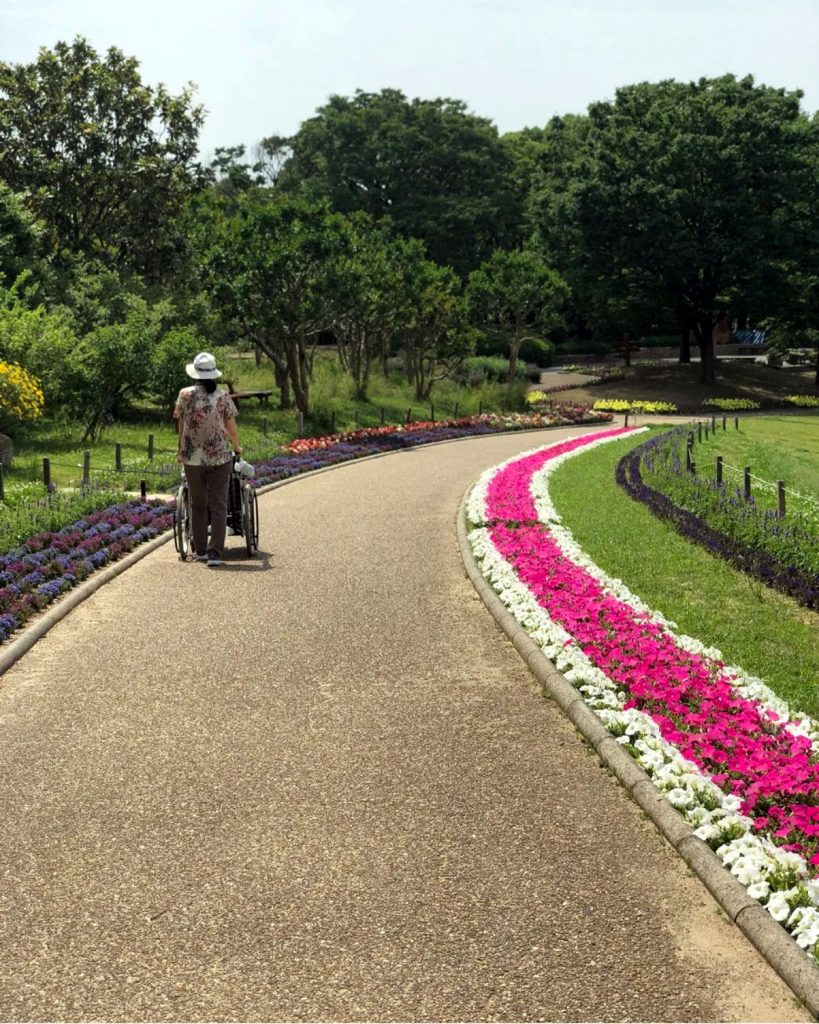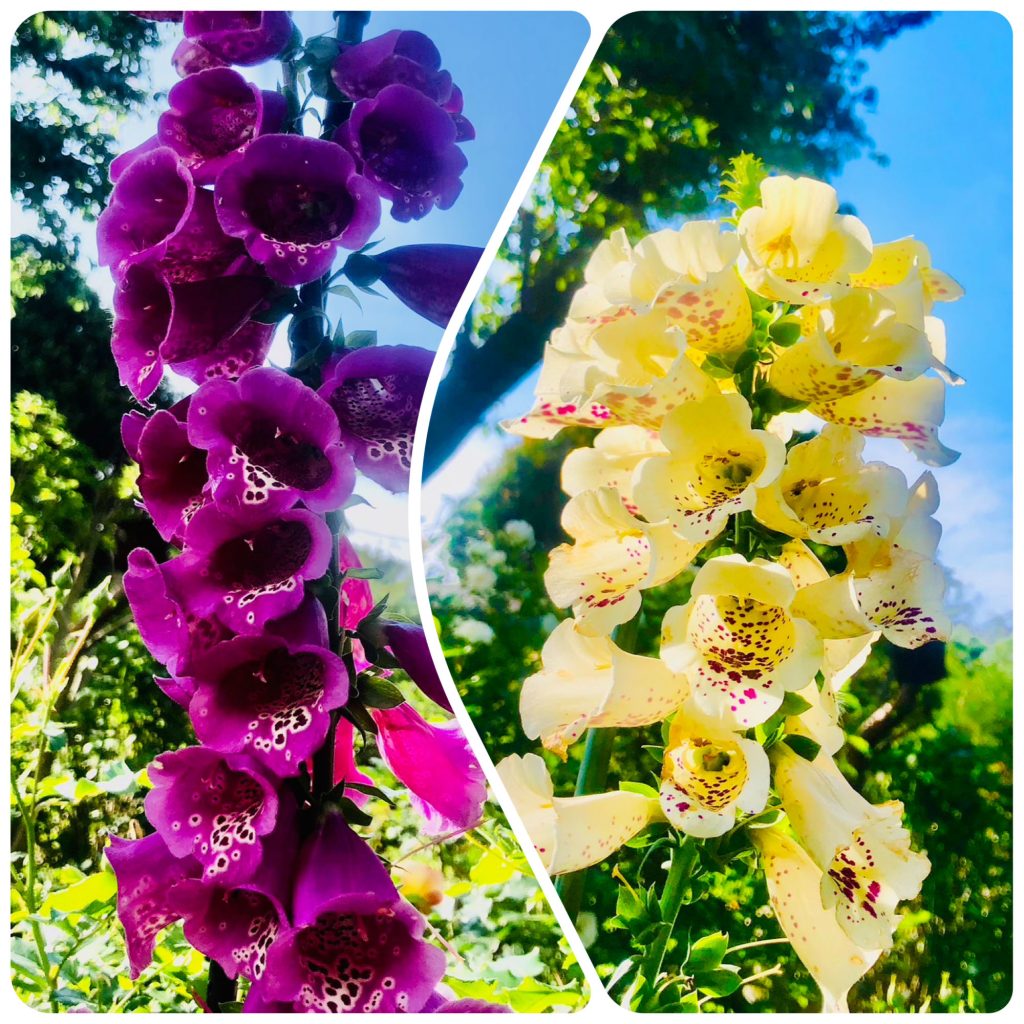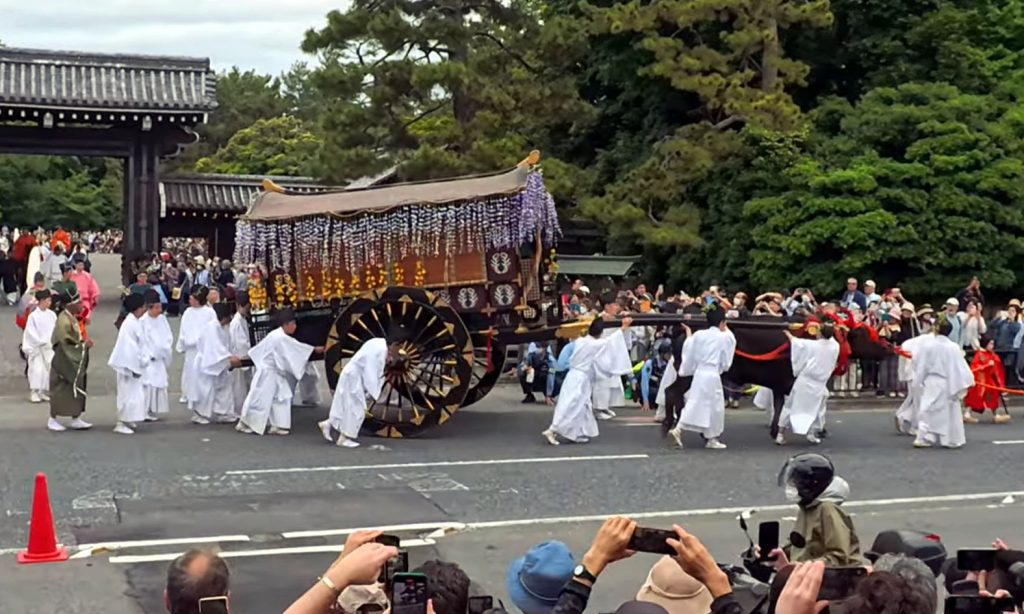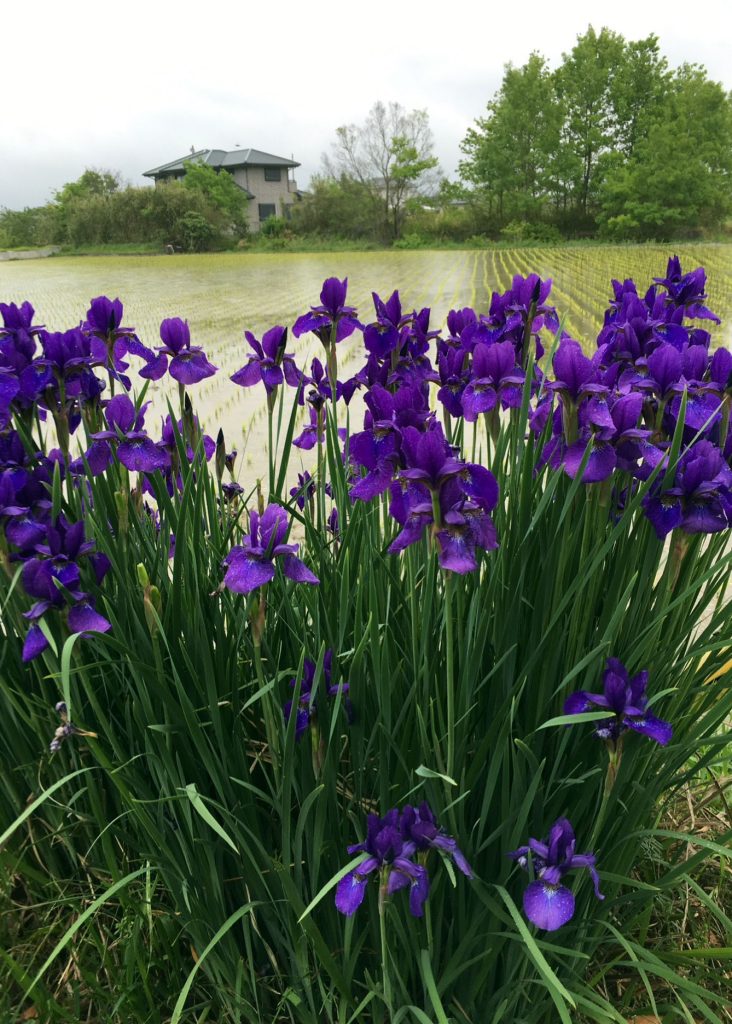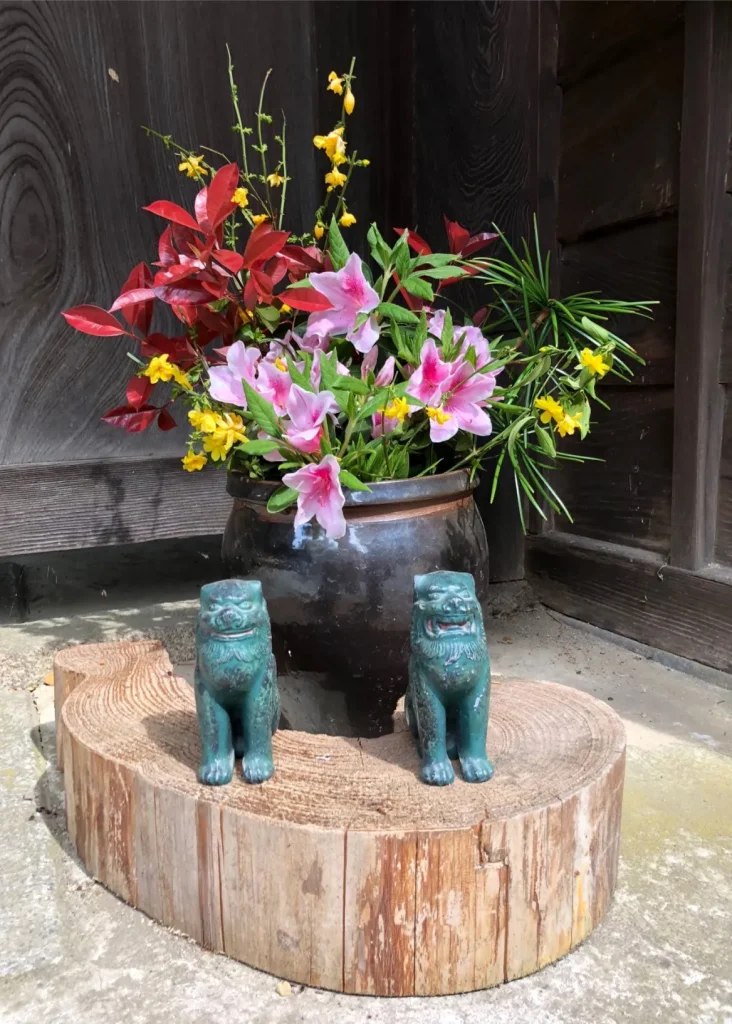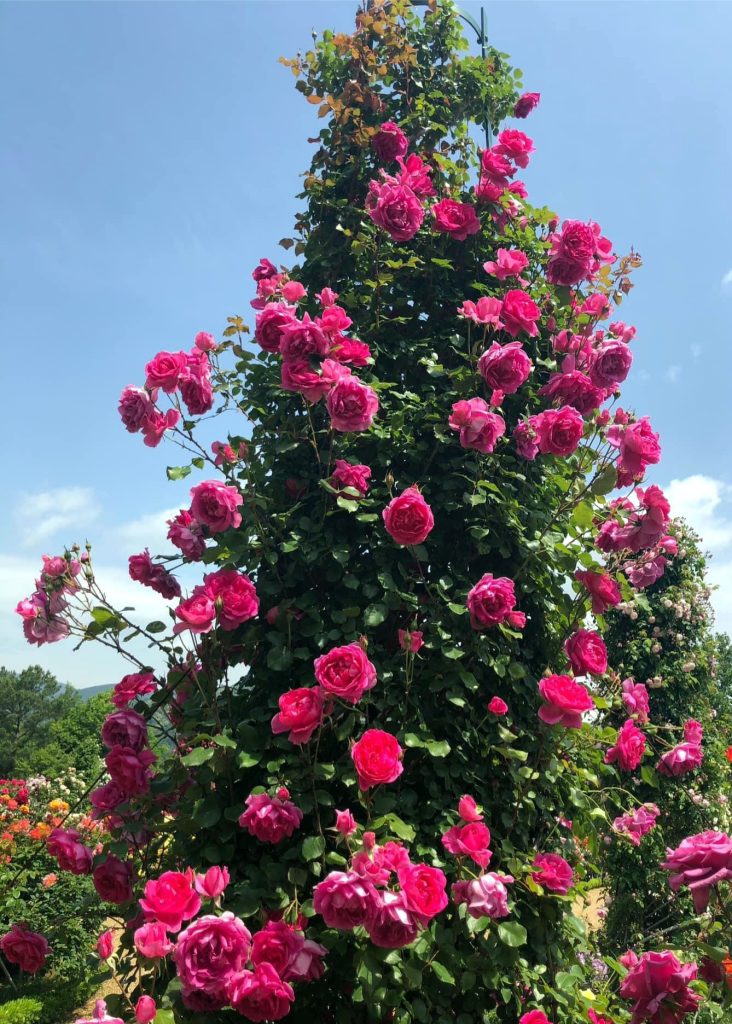
We learned about it in high school world history, but there was a conflict called the Wars of the Roses. The Wars of the Roses, from 1455 to 1485, were a civil war over the throne between the House of Lancaster and the House of York that erupted in England after the end of the Hundred Years’ War fought between England and France. The House of York, symbolized by the white rose, and the House of Lancaster, symbolized by the red rose, fought fiercely over the succession to the throne. However, as a result of the war, the House of Lancaster emerged victorious, and thus the red rose became the national flower of England. For England, the rose symbolizes the unification of the country after intense strife.
There is a rose variety called “York and Lancaster.” This rose blooms in various patterns on a single plant, sometimes striped with white and pink, sometimes half-and-half, or sometimes mixed. The name of this rose is inspired by the white rose of the House of York and the red rose of the House of Lancaster, named after the historical union of the two houses. Such is the deep relationship between roses and England that, in 1961, the “English Rose,” considered the masterpiece of roses, was born. The English Rose is a general term for roses developed by British breeder David Austin, combining the strengths of modern roses and old roses. It merges the longevity of modern roses with the fragrance of old roses and is beloved by rose enthusiasts around the world, as well as by many others, as a garden rose.

